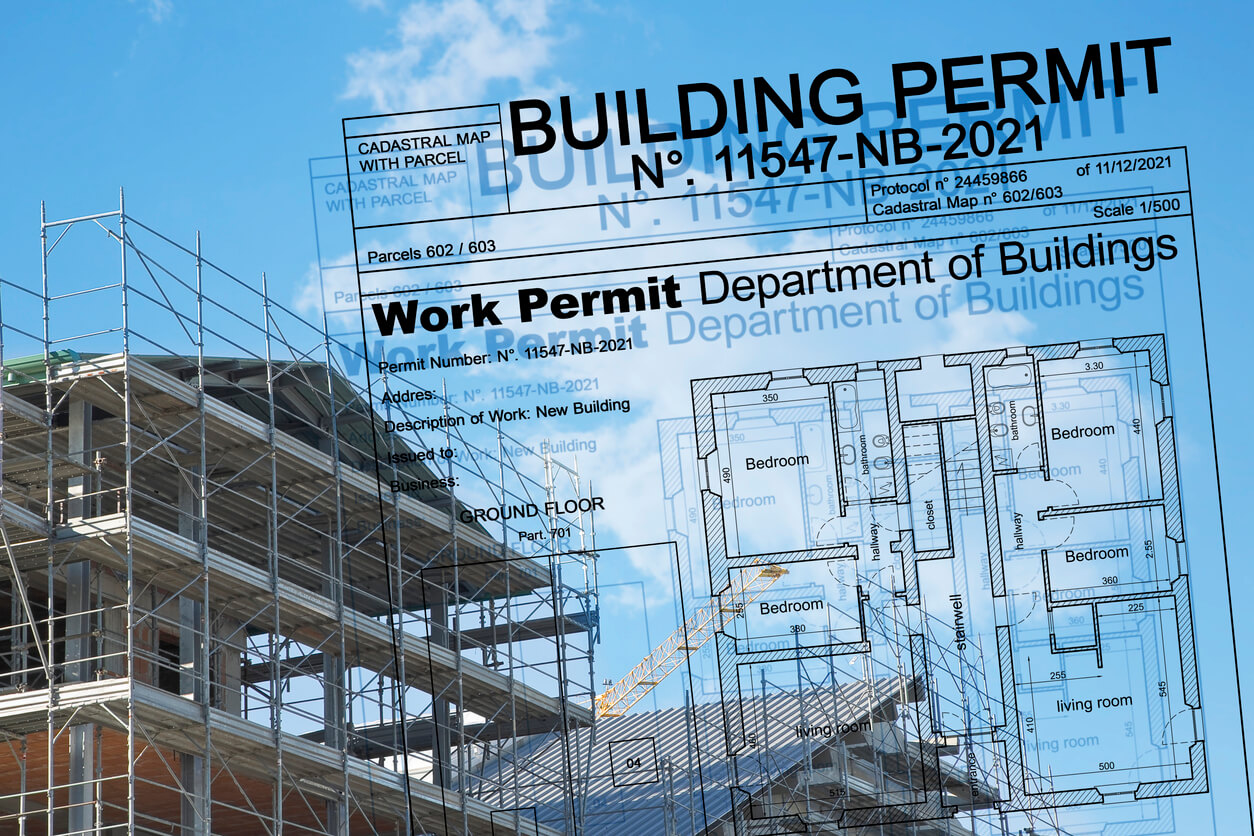Successful property development depends on adhering to a complex range of rules and regulations. Rather than being an additional layer of red tape, these rules and regulations ensure that construction projects meet safety, design, and environmental standards set by local, state, and federal governments. But working your way through it all to achieve building permit compliance can be daunting. Fortunately, there are several steps you can take to streamline the compliance process.
Start with Thorough Research
Before starting with any development project, it’s important to become familiar with the specific building codes and zoning laws relevant to the project’s location. This includes understanding the International Building Code (IBC), which most localities adopt as a baseline, and any local amendments or additional requirements.
Regulations can vary significantly from one municipality to another, not only across different states but also between neighboring towns. For example, in Texas, building code adoption takes place at the local level. In contrast, New Jersey’s codes are the same statewide and local jurisdictions cannot make any amendments. This highlights the importance of research. This information can typically be found through the local building department or planning office. The International Code Council also offers subscription-based access to state-level codes.
Engage with Local Authorities Early
One of the most effective ways to ensure compliance is to communicate with local building officials early in the planning process. They can provide invaluable insights into the permitting process and may help identify potential issues before they escalate into more significant problems. It’s also wise to attend pre-submittal meetings if your local jurisdiction offers them, as they can clarify requirements and review preliminary designs.
Hire the Right Professionals
Building a team of experienced professionals can be of great benefit. This team should include architects, engineers, and contractors who are not only skilled in their respective fields but also well-versed in the local building codes and permit processes. They can help translate the technical jargon of building codes and assist in preparing compliant design documents.
When dealing with complex projects or in municipalities known for having a more cumbersome permitting process, using a permit expediter can also be useful.
Use Pre-Approved Designs
Many municipalities already offer pre-approved plans for Accessory Dwelling Units (ADU) and some renovations. However, some are now expanding this to include freestanding family homes, duplexes, and small apartment buildings. While this approach does limit the design options, it does simplify the approval process as all plans have already been vetted for compliance.
Stay on Top of Documentation
Accurate and thorough documentation is one of the most important elements for a smooth permit process. This includes detailed site plans, blueprints, and engineering reports that comply with all local requirements. Good record-keeping also extends to maintaining receipts, contracts, and correspondence relating to the project. Staying organized will help ensure that you can quickly address any questions or issues that come up during the inspection phase.
Plan for Inspections
Inspections are an integral part of the compliance process and anticipating them can help you avoid delays. Schedule inspections well in advance and be prepared for the possibility of follow-up inspections if the initial review uncovers issues. Address any identified problems promptly and comprehensively to keep the project on track.
Embrace Technology
Take advantage of technology to streamline the compliance process. Digital submissions of permits and plans are becoming increasingly common, enabling faster and more efficient communication with regulatory bodies. eCheck by Archistar performs a standardized assessment in minutes, giving your submission a pass or fail based on local regulations. This allows you to correct issues and resubmit, increasing the chances of your plans being approved. Project management software can also be a valuable tool for tracking progress, managing documentation, and ensuring that all team members are up-to-date with their responsibilities.
Continuous Education
Lastly, building codes and regulations are not static. They evolve over time, so staying informed about changes and updates in building standards is essential. Regularly attending workshops, subscribing to industry publications, and joining professional organizations can provide ongoing education and keep you ahead of the learning curve.
Achieving building permit compliance is a multifaceted endeavor but approaching it methodically can minimize headaches. And if your local jurisdiction hasn’t implemented eCheck by Archistar, get them to request a demo to see how it can fast track approvals.


